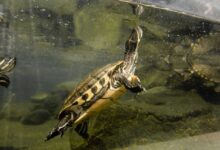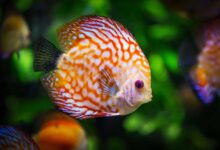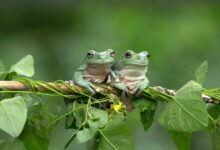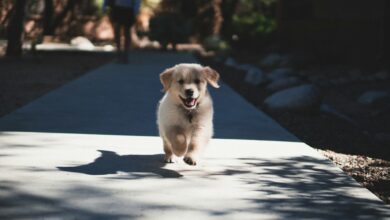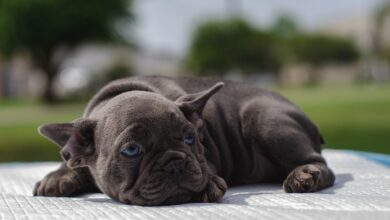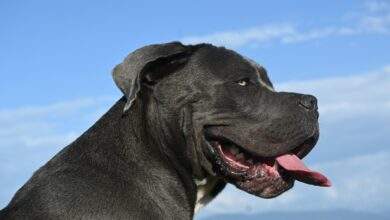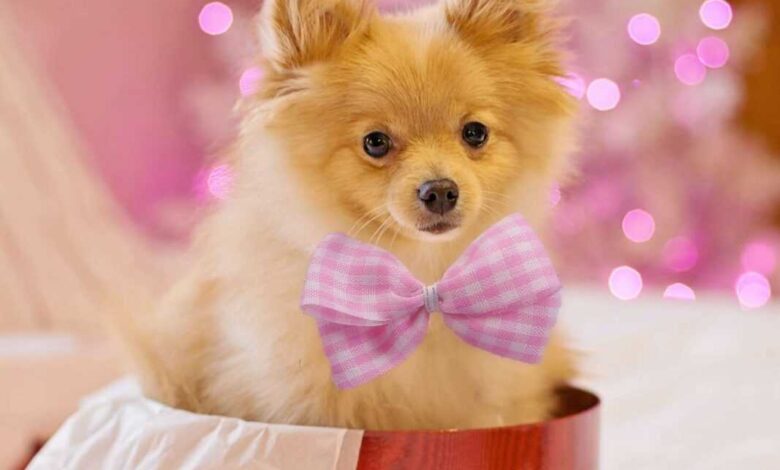
Pet photography is an art that allows you to create lasting memories of your beloved furry friends. Whether you’re looking to take candid snapshots or stage elaborate pet photoshoots, mastering the basics of pet photography can help you capture the unique personalities and moments of your pets. This comprehensive guide provides valuable pet photography tips to elevate your skills and ensure that you preserve heartwarming memories.
Table of contents
The Art of Pet Photography
Composition Matters
Rule of Thirds: One of the fundamental principles of photography, the rule of thirds, can enhance your pet photos. Imagine dividing your frame into a tic-tac-toe grid. Place your pet at the intersections of these lines or along the lines themselves to create a visually pleasing composition.
Eye Level Perspective: For engaging and intimate pet portraits, get down to your pet’s eye level. This approach allows you to capture the world from their perspective, resulting in images that feel personal and relatable.
Creative Framing: Use your surroundings to frame your pet within the composition. Natural elements like doorways, windows, or foliage can act as frames that draw attention to your pet, making them the central focus of the image.
Lighting Is Key
Embrace Natural Light: Whenever possible, harness the soft, flattering light of early mornings and late afternoons for outdoor pet photography. This natural light enhances fur textures and features, providing an appealing glow.
Avoid Harsh Shadows: Harsh, direct sunlight can cast unflattering shadows. Seek out shaded areas for outdoor photoshoots or use diffusers to soften and disperse the sunlight.
Window Light: When shooting indoors, position your pet close to a large window where soft, diffused natural light streams in. This gentle illumination can create a warm and inviting atmosphere for your indoor pet portraits.
Experiment with Backlighting: Experiment with backlighting during sunrise or sunset to create a soft, glowing halo effect around your pet. This technique adds a touch of enchantment to your pet photos.
Pet Photography Settings
Fast Shutter Speed: Pets are known for their energy and unpredictability. Use a fast shutter speed, typically at least 1/250 or faster, to freeze their movements and prevent motion blur.
Wide Aperture for Bokeh: Achieve that dreamy, blurred background effect (bokeh) by using a wide aperture with a low f-stop number, such as f/2.8 or f/4. This shallow depth of field draws focus to your pet while beautifully blurring the background.
ISO Settings: Adjust your ISO settings based on available light. In well-lit conditions, use a low ISO (100-400) to minimize noise. In low-light settings, increase the ISO (400-800) cautiously to avoid excessive graininess.
Pet Photography Equipment
Camera Selection: While professional DSLR cameras provide advanced manual control, modern smartphones are equipped with capable cameras. Whether you use a dedicated camera or a smartphone, mastering its features is essential for great pet photography.
Lens Choice: For DSLR users, prime lenses with wide apertures are ideal for pet photography, as they provide beautiful background blur. Smartphone users can experiment with portrait mode to achieve a similar effect.
Posing and Patience
Eye-Level Perspective: To capture your pet’s unique expressions and personality, shoot at their eye level. This approach creates an intimate connection between the viewer and your pet.
Use Treats and Toys: Keep your pet engaged and attentive during the photoshoot by using treats, toys, or sounds. These tools can help you capture genuine and natural expressions.
Patience Is Key: Pets can be unpredictable, and not every moment will result in the perfect shot. Be patient, take breaks when needed, and be prepared to seize candid moments that often yield the most endearing photographs.
Editing and Post-Processing
Cropping and Straightening: Review your images after the photoshoot and crop them if necessary to improve composition. Ensure that horizons are straightened for balanced shots.
Exposure and Color Adjustments: Use editing software to adjust exposure, contrast, and color balance. These edits can enhance the overall quality of your pet photos.
Removing Distractions: If there are distracting objects or blemishes on your pet’s fur, consider using retouching tools to remove them. However, maintain a balance to preserve your pet’s natural appearance.
Avoid Over-Processing: While editing can enhance your photos, be cautious not to over-process them. Aim for a natural look that showcases your pet’s true beauty and personality.
Pet Photography for All
Pet photography is a delightful way to celebrate your furry companions and create enduring memories. Whether you’re a novice or an experienced photographer, experimenting with various techniques, settings, and angles can lead to captivating pet photographs. Remember that the ultimate goal is to have fun and capture the essence of your beloved pets, creating images that warm your heart for years to come. Happy photographing! 📸🐾

